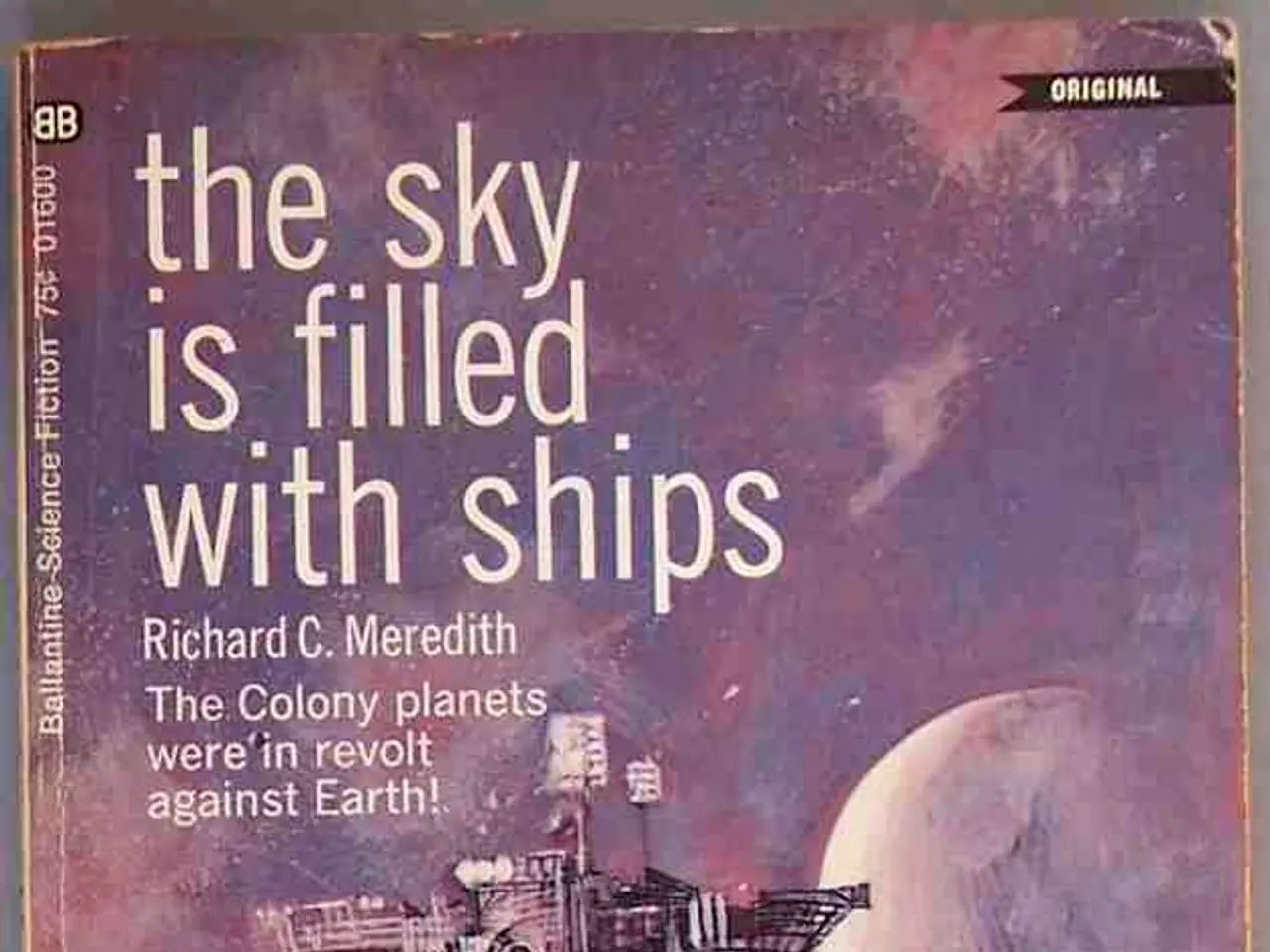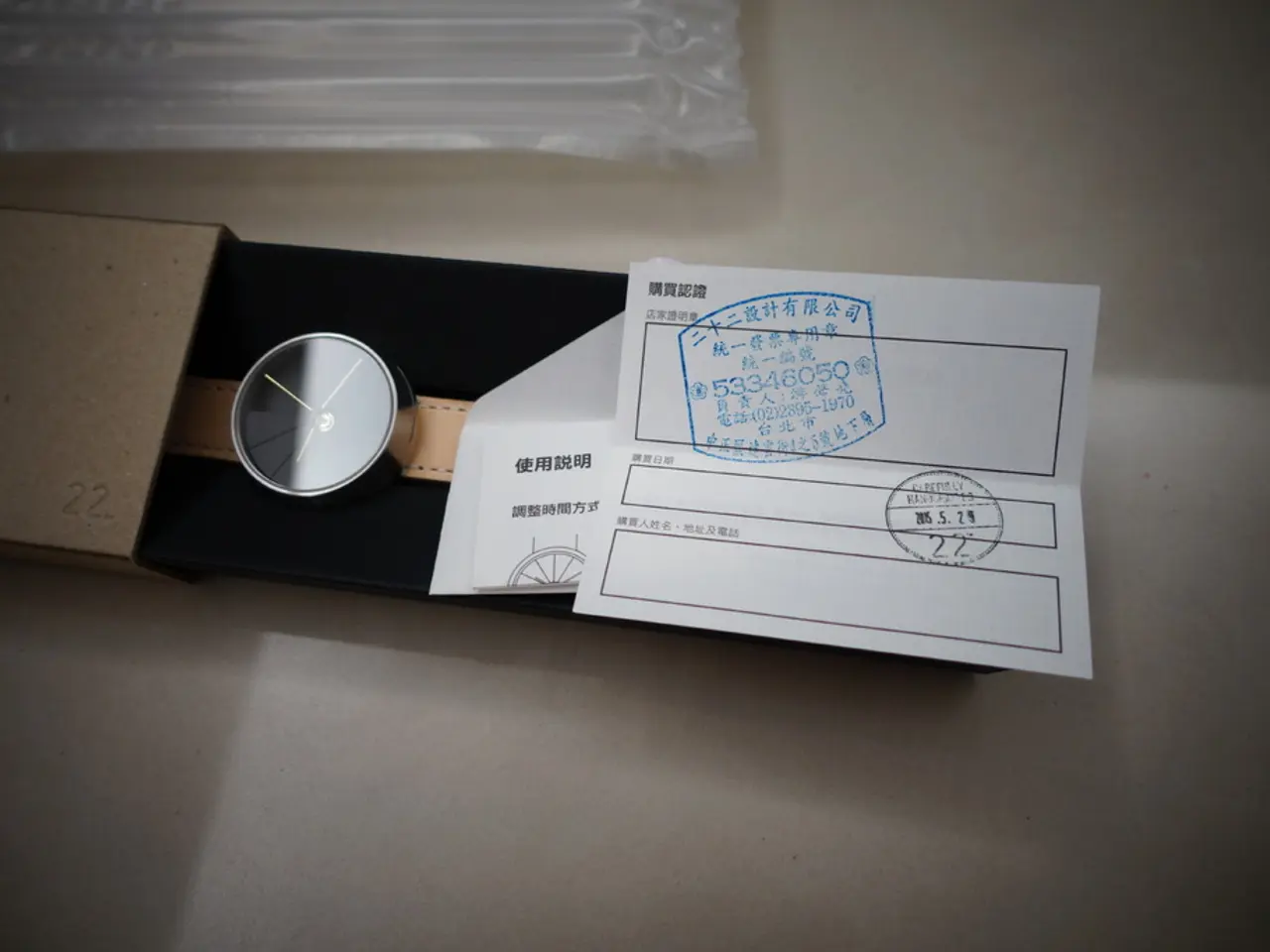Nuclear-Driven Manhole Cover: Swiftest Artificial Object on Earth
In 1957, during the sixth major nuclear test series at the Nevada Test Site, a remarkable event took place. Known as the Pascal-B test, this nuclear explosion propelled a manhole cover into space at an estimated speed of 66 km/s (41 miles per second).
The steel cap, weighing approximately 900 kilograms (2,000 pounds) and measuring roughly 4 feet in diameter, was welded to the top of a 4-foot diameter test shaft. It was unpainted, plain heavy steel with a flat, disk-like shape. During the test, a 300-ton-yield nuclear device was detonated at the bottom of a 500-foot-deep shaft, vaporizing a concrete plug beneath the manhole cover. This generated a superheated gas that propelled the steel cap like a projectile through the test shaft.
A high-speed camera captured the steel plate in only one frame due to its incredible speed, estimating its velocity at about 66 km/s. However, the manhole cover appeared in the first frame and then disappeared from view, suggesting it traveled beyond the camera's range almost instantly.
While it is widely understood that the manhole cover likely reached speeds exceeding Earth's escape velocity, its current status and location remain unknown. No confirmed retrieval or tracking of the cover has been reported, and it is presumed to be lost, potentially orbiting Earth or having fallen elsewhere.
Interestingly, the Pascal-B manhole cover's speed was about six times Earth's escape velocity, making it the fastest manmade object launched from Earth at the time. However, the Parker Solar Probe, launched in 2018, currently holds the record for the fastest human-made object relative to the Sun, reaching speeds up to about 191 km/s near the Sun. The Voyager 1, launched in 1977, is currently the fastest human-made spacecraft traveling through interstellar space at about 17 km/s relative to the Sun.
The Pascal-B nuclear test at the Nevada Test Site's Operation Plumbbob remains a unique example of how nuclear testing unintentionally created the fastest manmade projectile, predating the space age and conventional rocket launches. This event serves as a reminder of the power and unpredictability of nuclear explosions and the impact they can have on our understanding of physics and space travel.
Despite the lack of photographic evidence of the manhole cover before its launch, the event remains a fascinating piece of history, shrouded in mystery and intrigue. The fate of the Pascal-B manhole cover continues to captivate scientists and historians alike, offering a glimpse into the past and the possibilities of what could be achieved with such immense power.
References: [1] "Nuclear Weapons and the Environment: Atmospheric Testing." Union of Concerned Scientists, www.ucsusa.org/resources/nuclear-weapons-and-environment-atmospheric-testing. [2] "Pascal-B." Atomic Archive, atomicarchive.com/USA/1957/Pascal-B.shtml. [3] "High-speed Photography." Encyclopædia Britannica, www.britannica.com/technology/high-speed-photography. [4] "Escape Velocity." NASA, www.nasa.gov/audience/forecast/STS-200301-k6/escape_velocity.html.
- The remarkable event at the Nevada Test Site in 1957, the Pascal-B test, showcased the potential of science, technology, and space-and-astronomy, as an unpainted steel manhole cover was propelled into space at a velocity surpassing Earth's escape velocity.
- Despite being launched more than six decades ago, the speed achieved by the Pascal-B manhole cover during the nuclear test defines a significant milestone in the history of survival technologies, as it was the fastest manmade object launched from Earth at the time, preceding the space age and conventional rocket launches.




